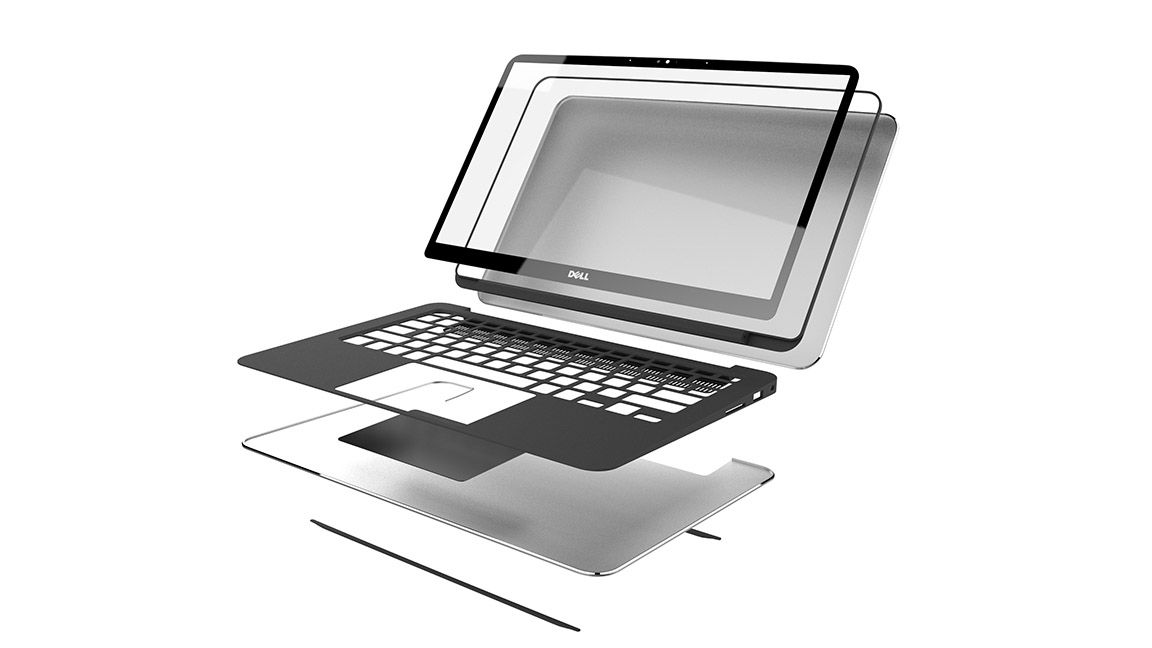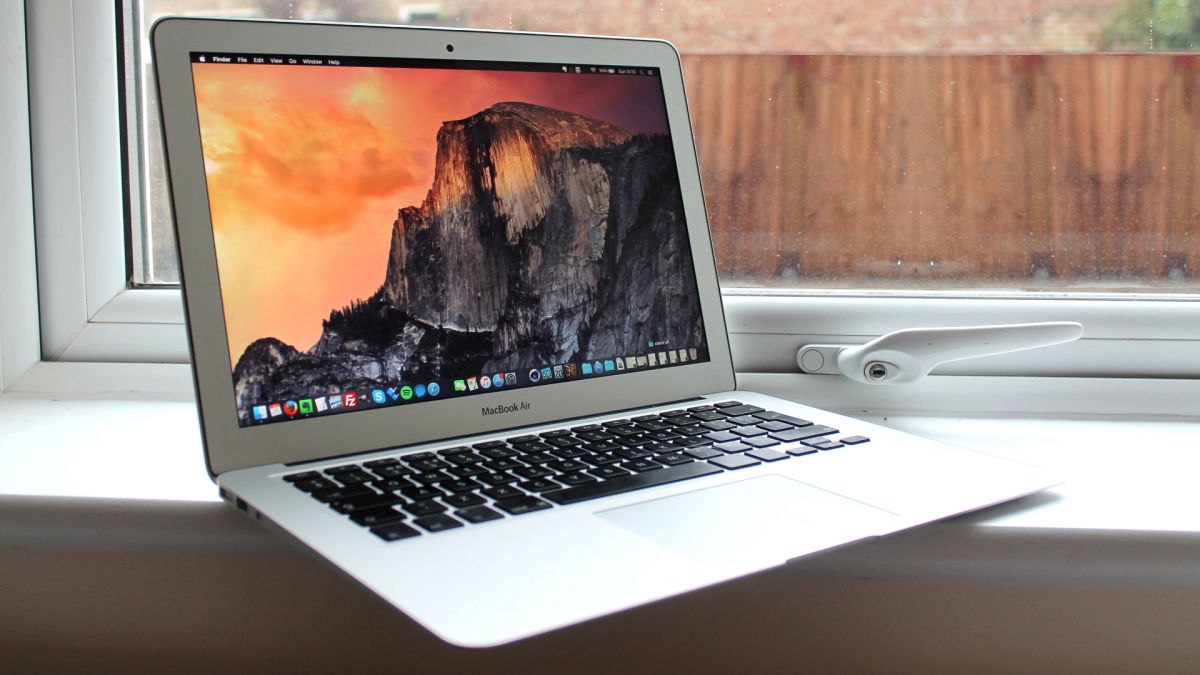
Behind the design of the Dell XPS 15
Dell has shoved off its tarnished reputation for faulty PCs and its cheesy “Dude, you’re getting a Dell” ads from the ’90s to become a true juggernaut in the computing world. In its XPS profile alone, Dell produces some of the industry’s best designed laptops.
As we’ve previously seen, the Round Rock, Texas firm takes a great deal of time and care into designing the impressive Dell XPS 13. But what exactly is the process of taking a device from concept to prototyping to a final product?
“We do an incredible amount of research,” Frank Azor, Dell GM of XPS and Alienware, answers with a grin. We are sitting in the very board room where the company spent two long years deliberating over its latest iteration, the magnificent Dell XPS 15.
Azor continues to explain that the XPS team looks at everything from market data, customer research, customer reviews, new trends in the industry as well as media outlets’ reactions.
“We put all of that input together – that’s the hardest part of the job, really – to create a hypothesis to what kind of a product do we think is going to be a winner for us,” he continues. “We have guiding principles at the same time. With XPS, it has to be better by every measure, so every component has to be the best that’s available at that given time.”

Better by every measure
These guiding principles help Dell carry a device from the hypothesis stage to working concepts. All too often the final product will look nothing like the original idea.
Case and point, Azor explains this as he picks up the Dell XPS 15 and says, “the hypothesis notebook had thin border bezels on it, but it was maybe a different color, different dimensions, didn’t taper off like this in terms of its industrial design [or] this carbon fiber weave might have been darker or lighter.”
Motioning to the rest of Dell’s Parmer campus in Texas, Azor says this is where it goes through all those iterations of the XPS 15. It all starts with deciding on the internal components and creating industrial design models.
“We get as close to a working product without actually making it, and we go research the hell out of it,” he says.
This includes considering everything from price points, components, form factor, weight, industrial design, colors, materials, exterior finish. But there are also questions to answer, like “what does it feel like when held?”; “how stable are the hinge and the display?”; “when you touch the screen, does it tilt back?”; “how much force can you apply before the laptop tilts backwards?”
“We get all of this crazy data, and we create version two, [then] we get a little better,” he says. “Usually around version 3, we’re good, and that’s the product that ends up going into mass production.”

Going with your gut
While Dell’s product design is largely driven by research and consumer feedback, Dell also employs its own 32 years of experience in building PCs.
“Most of the team has been doing this for a very long time,” Azor points out. “Donnie Oliphant runs the team with Steve Macon, and they’ve been doing this for now, like, over 20 years, and they are very well grounded in the where the market trends are.”
“We do and incredible amount of research, and sometimes we listen to it,” he admits. “But honestly, sometimes we get in a room and argue the hell out of it, and we decide we’re not going to listen to the research.”
Azor explains that the interesting thing about research is that it involves only feedback given in the here and now. Meanwhile, the company is making decisions for products that won’t come out until 18 months later, when the world will be a very different place.

“We have to judge all the feedback we get, and sometimes you guess right or wrong,” Azor says. “There are plenty of times where we make a decision and people are like, ‘I’ll never buy that,’ and we’re like, ‘well, we’re going to bet on this horse anyway’ because we believe this is where the industry is going to be.”
Like any fight, Azor admits that sometimes they’ve won and other times they’ve failed. He goes on to highlight how the XPS team went with its Infinity Edge display design at the expense of moving the webcam to the lower left corner of the screen.
“People told us you can’t put the camera down there because they’ve never seen it down there,” Azor recalls. “We wrestled back and forth, and all our research said you do that and this product is going to be a huge failure, no one will ever buy this product.”
“Well, guess what, people were so happy with the smaller form factor,” Azor proclaims. “They said that’s an easy compromise, ‘I don’t use the camera except for 10% of the time anyway,’ if they even use it.”

Striking the perfect balance
According to Azor, the biggest hurdle that the XPS team faces is striking the perfect balance with their devices. The XPS 15 and the XPS 13 were both not designed to be the thinnest or lightest laptop in their respective classes. Instead, the XPS team wanted the best balance between performance, form factor, screen quality and battery life.
“You look a product like this, and it’s a nice 15-inch notebook, but there are so many conversations that go into every aspect of the product,” he says, holding the device up again.
This means that everything – from the components and screen resolution to the color of the body and the tint of the black carbon fiber – is discussed in depth.
“Every fraction of a millimeter is argued, it’s modeled, we create a bunch of samples and we go make a decision on that,” Azor expounded. “Every single factor is a huge deal, and it can sometimes be frustrating and painful, but it leads you to making ultimately excellent products.”
Source: techradar.com













































Dell doesn't invent, they design and produce.
The product you mention does exist though, in a way. There are screens that are imaging devices, largely used in medicine currently.
They need to invent a camera mid-point upper screen that sits behind the screen and only appears when activated.